Amla: Proven Benefits, Nutrition And Clinical Significance
Amla is one of the world’s most powerful antioxidants with a ORAC score of 261,530. It is a rich source of phytochemicals that have various health benefits.

Amla is one of the world’s most powerful antioxidants with a ORAC score of 261,530. It is a rich source of phytochemicals that have various health benefits.
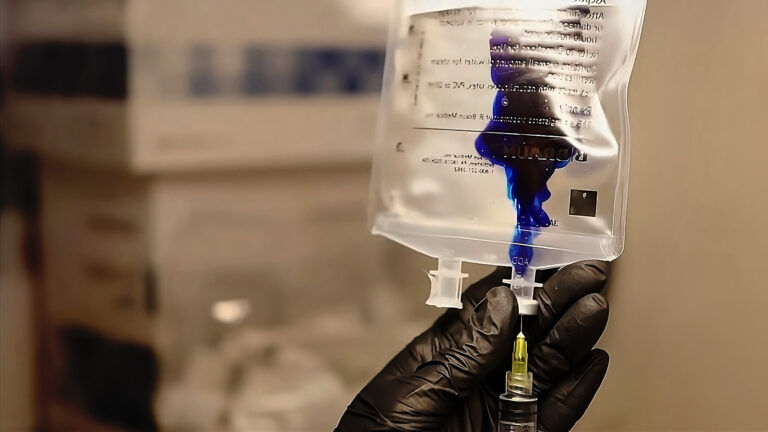
Methylene Blue is a powerful synthetic antioxidant. It improves mitochondrial function and the ability of our cells to produce energy.
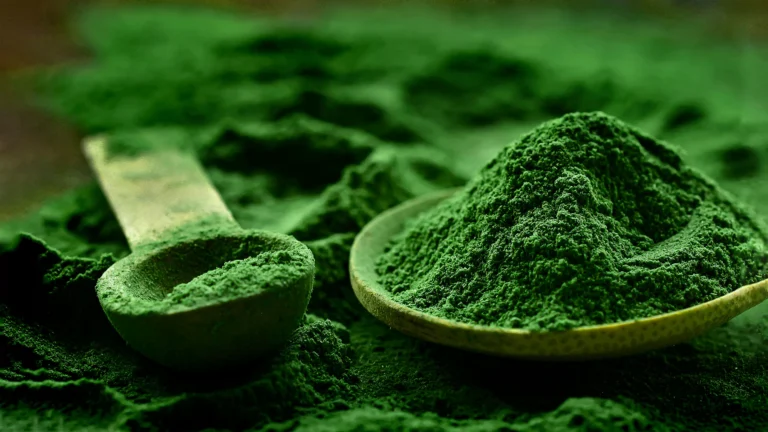
Spirulina has strong antioxidant, anticancer, antiviral, and immunomodulatory properties as ell as a capacity to combat obesity, diabetes, and cholesterol.

Food-grade essential oils can be a convenient and consumer-friendly strategy for optimizing the antioxidant value and ORAC scores of our diet.
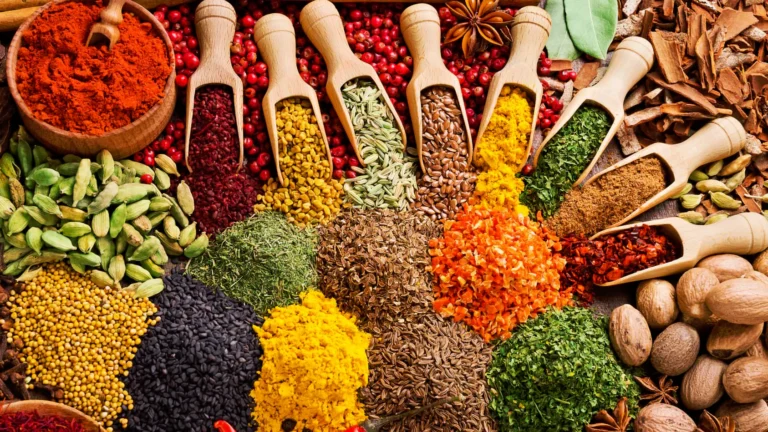
Cloves, ginger, rosemary, and turmeric significantly stifle inflammation while black pepper, cayenne, cinnamon, cumin, oregano, paprika, sage, and heated turmeric do nothing.
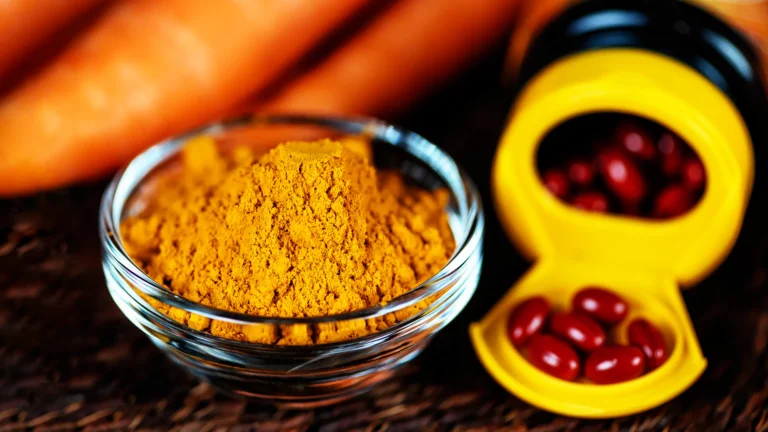
There are easy and cost-effective strategies for optimizing the antioxidant value of our diet.

Oxidative stress with chronic inflammation in the brain is associated with the development of neuropsychiatric disorders including major depression and anxiety.
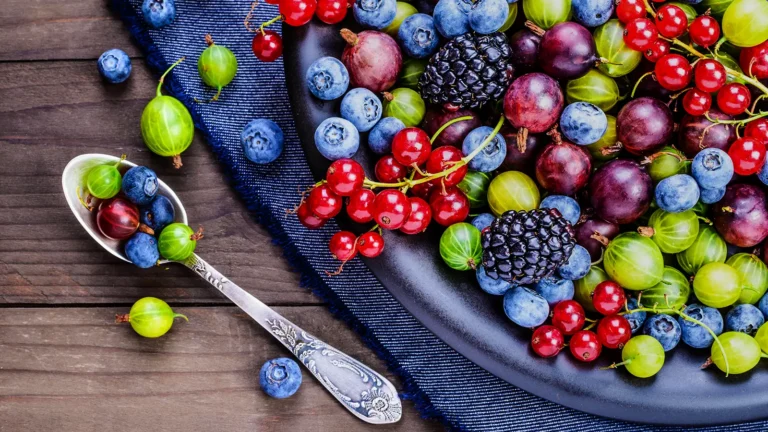
Optimal antioxidant consumption is dependent on toxicity exposure. The minimum ORAC unit score is 8000 to 10000 daily just to counteract metabolism.

When your main source of antioxidants is coffee, you know that you have a serious problem.

Supplemental antioxidants can block the main benefit of exercise and that is an increase in our own endogenous antioxidant production.
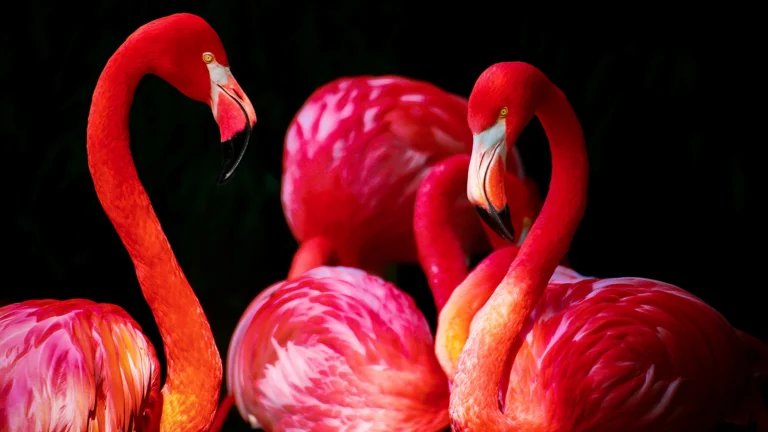
Astaxanthin is the most powerful natural and universal antioxidant (both oil and water-soluble) known to science. It accumulates in tissues and It can never turn itself into a pro-oxidant.
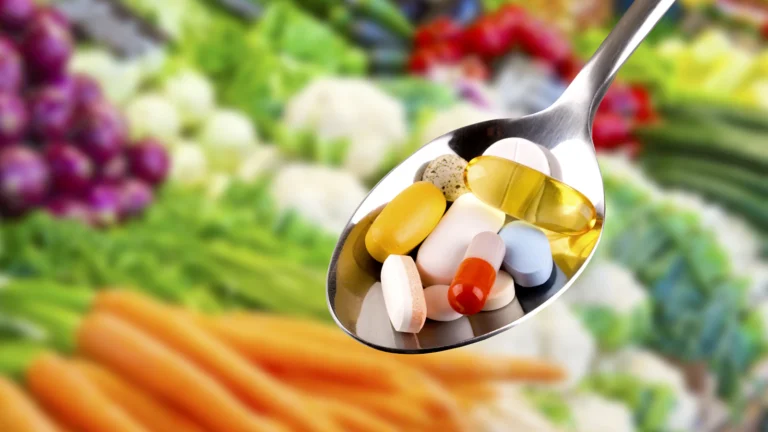
Antioxidant supplements do not show the observed health benefits of diets rich in fruits and vegetables while vitamin E, selenium, beta carotene, lycopene show an increased risk of cancer.
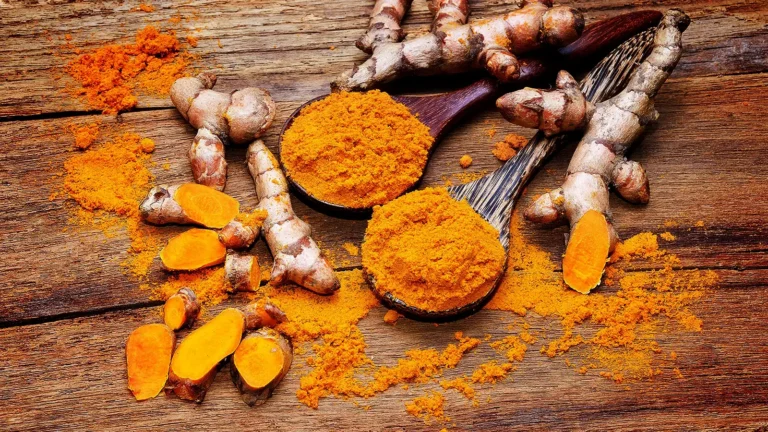
In turmeric, there are more than 300 active phytochemicals so far identified. It is so powerful that it can even alter our gene expression.

Vitamin C does not require enzymatic activity to be removed from the body and does not become pro-oxidant but a reduced form of more weak antioxidant.

Intravenous vitamin C is a non-toxic chemotherapeutic agent that can be given in conjunction with conventional cancer treatments and incorporated as a prevention and longevity protocol.

When you want intravenous vitamin C administered in the hospital, you don’t tell your doctor. Instead, you tell your lawyer to tell your doctor, in writing.
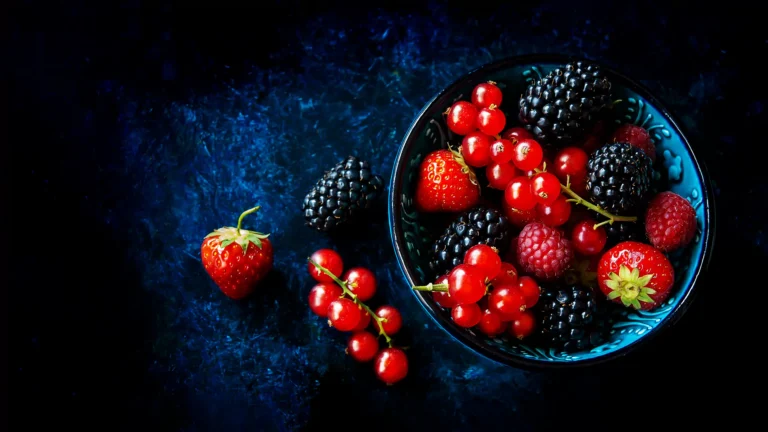
There are no phytochemicals or antioxidants in animal products. On average, plant foods contain more than 60 times as many antioxidants as animal-based foods.